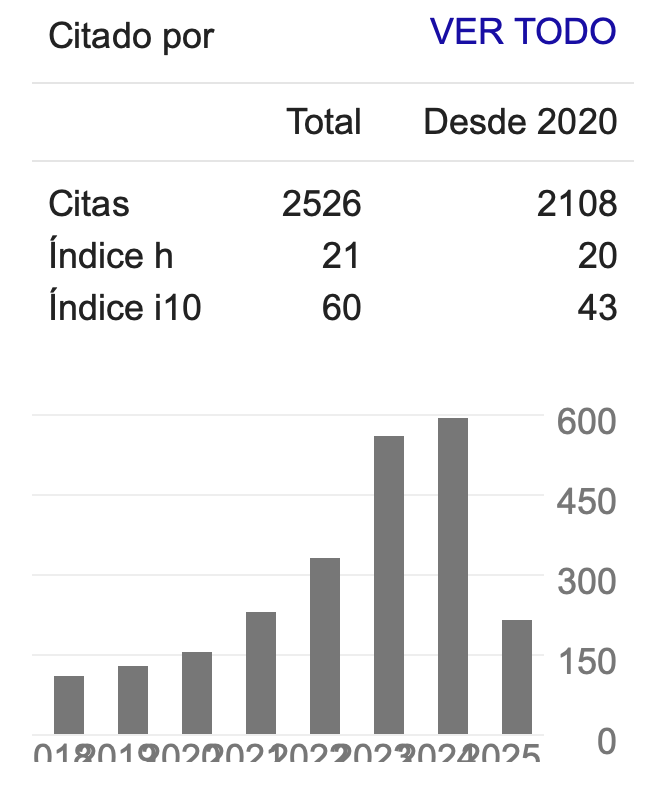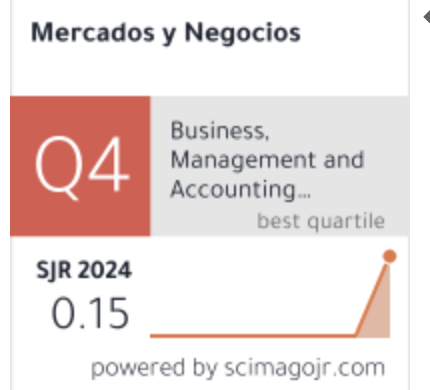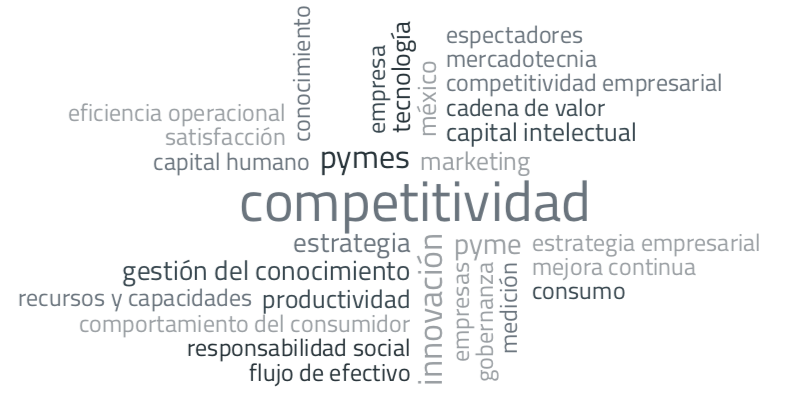Uso de ecuaciones estructurales en áreas de manufactura y mejora continua. El caso de plantas de manufactura
DOI:
https://doi.org/10.32870/myn.v0i29.5261Keywords:
ecuaciones estructurales, mejora continua, manufactura, SEM.Abstract
El uso de la modelación mediante ecuaciones estructurales ha sido empleado de manera amplia en las áreas de las ciencias del comportamiento, mercadotecnia, preferencias del consumidor y servicio al cliente. Sin embargo, existe poca bibliografía que muestre su uso en áreas de manufactura, calidad o mejora continua. El presente artículo presenta la aplicación exitosa, estadísticamente significativa y relevante de ecuaciones estructurales en una investigación realizada en plantas de manufactura de Apodaca, México. En ese estudio se analizan aspectos de manufactura y mejora continua y su impacto en la eficiencia operacional de las plantas, y se presentan los resultados de la aplicación en las áreas mencionadas, sugiriendo que las ecuaciones estructurales pueden ser utilizadas en distintas áreas con la misma eficacia y confiabilidad que otras técnicas estadísticas de análisis multivariado.References
Arrieta Posada, J. G., Botero Herrera, V. E., Martínez, R., & Jimena, M. (2010). Benchmarking sobre Manufactura Esbelta (Lean Manufacturing) en el sector de la confección en la ciudad de Medellín, Colombia. Journal of Economics, Finance and Administrative Science, 15(28), 141-170.
Amin, M. A., & Karim, M. A. (2013). A time-based quantitative approach for selecting lean strategies for manufacturing organisations. International Journal of Production Research, 51(4), 1146-1167.
Bagozzi, R. (1994). Structural equation model in marketing research. Basic Principles. Principles of Marketing.
Cardozo, E. R., Rodríguez, C., & Guaita, W. (2011). Las Pequeñas y Medianas Empresas Agroalimentarias en Venezuela y el Desarrollo Sustentable: Enfoque basado en los Principios de Manufactura Esbelta. Información tecnológica,22(5), 39-48.
Coelho, P. S., & Henseler, J. (2012). Creating customer loyalty through service customization. European Journal of Marketing, 46(3/4), 331-356.
Deshmukh, S. G., Upadhye, N., & Garg, S. (2010). Lean manufacturing for sustainable development. Glob. Bus. Manag. Res. Int. J, 2(1), 125.
Ghosh, M. (2012). Lean manufacturing performance in Indian manufacturing plants. Journal of Manufacturing Technology Management, 24(1), 113-122.
Hair, J. F., Sarstedt, M., Ringle, C. M., & Mena, J. A. (2012). An assessment of the use of partial least squares structural equation modeling in marketing research. Journal of the academy of marketing science, 40(3), 414-433.
Hair, J. F., Ringle, C. M., & Sarstedt, M. (2011). PLS-SEM: Indeed a silver bullet. Journal of Marketing theory and Practice, 19(2), 139-152.
Henseler, J., Ringle, C. M., & Sarstedt, M. (2012). 12 Using partial least squares path modeling in advertising research: basic concepts and recent issues. Handbook of research on international advertising, 252.
Henseler, J., Ringle, C. M., & Sinkovics, R. R. (2009). The use of partial least squares path modeling in international marketing. Advances in international marketing, 20(1), 277-319.
Hock, C., Ringle, C. M., & Sarstedt, M. (2010). Management of multi-purpose stadiums: Importance and performance measurement of service interfaces.International Journal of Services Technology and Management, 14(2-3), 188-207.
Imai, M. (1986). Kaizen: La Clave de la Ventaja Competitiva Japonesa, 1era.Ed, CECSA, DF México.
Lee, S. (2012). The impact of manufacturing practices on operational performance. Review of business research, 12(5), 184-189.
LOHMOller, J. B. (1989). Latent Variable Path Modeling with Partial Least Squares (Heidelberg: Physica-Verlag).
Millar, H. H., & Russell, S. N. (2011). The adoption of sustainable manufacturing practices in the Caribbean. Business Strategy and the Environment, 20(8), 512-526.
Monge Perry, C. (2014). Impacto de: la manufactura esbelta, la manufactura sustentable y la mejora continua en la eficiencia operacional y responsabilidad ambiental en plantas de manufactura en México (Doctoral dissertation, Universidad Autónoma de Nuevo León).
Monge, C., Cruz, J., & López, F. (2013). Impacto de la manufactura esbelta, manufactura sustentable y mejora continua en la eficiencia operacional y responsabilidad ambiental en México. Información tecnológica, 24(4), 15-32.
Murugesan, T. K., Kumar, B. S., & Kumar, M. S. (2012). Competitive advantage of world class manufacturing system (WCMS)–A study of manufacturing companies in south India. European Journal of Social Sciences,29(2), 295-311.
Pérez Rave, J., La Rotta, D., Sánchez, K., Madera, Y., Restrepo, G., Rodríguez, M., ... & Parra, C. (2011). Identificación y caracterización de mudas de transporte, procesos, movimientos y tiempos de espera en nueve pymes manufactureras incorporando la perspectiva del nivel operativo. Ingeniare. Revista chilena de ingeniería, 19(3), 396-408.
Reinartz, W., Haenlein, M., & Henseler, J. (2009). An empirical comparison of the efficacy of covariance-based and variance-based SEM. International Journal of research in Marketing, 26(4), 332-344.
Ringle, C., Wende, S., & Will, A. (2005). Smart PLS 2.0 M3; Next generation path modeling software.
Saleeshya, P. G., Austin, D., & Vamsi, N. (2013). A model to assess the lean capabilities of automotive industries. International Journal of Productivity and Quality Management, 11(2), 195-211.
Vinodh, S., & Joy, D. (2012). Structural equation modelling of lean manufacturing practices. International Journal of Production Research, 50(6), 1598-1607.
Womack, J. P., Jones, D. T., & Roos, D. (1991). The Machine That Changed the World: The Story of Lean Production: How Japan’s Secret Weapon in the Global Auto Wars Will Revolutionize Western Industry. New York: Rawson Associates.—1990.
Downloads
Published
How to Cite
Issue
Section
License
Mercados y Negocios by Department of Mercadotecnia y Negocios Internacionales. University of Guadalajara is licensed under a License Creative Commons Attribution-NonCommercial 4.0 International.
The author retains the copyright.








